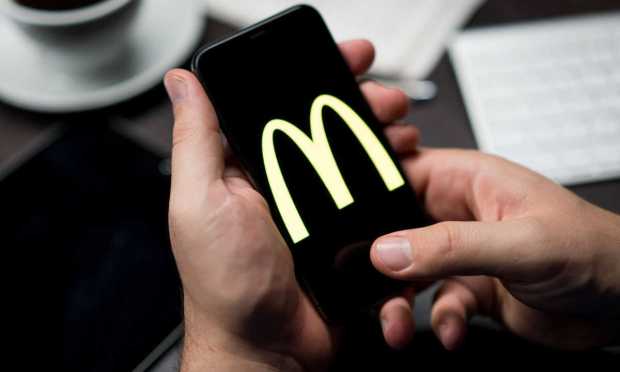McDonald’s Touts Two-Thirds Engagement Rate Among Loyalty Members

On a call discussing McDonald’s third-quarter 2022 financial results Thursday (Oct. 27), CFO Ian Borden noted that, following the MyMcDonald’s Rewards U.S. launch last year, digital customer frequency has been on the rise every quarter.
“Each reward a customer redeems and each preference of customer shares on our app helps power our personal touch,” CEO Chris Kempczinski said on the call. “We are using this deeper understanding of our customers to create relevant content and offers through the channels they prefer. By tailoring messages, our customers feel more connected to McDonald’s, ultimately driving engagement and increasing frequency.”
Specifically, “about two thirds” of those who have been active in the U.S. over the course of the year have engaged in the last three months, with this high engagement rate in turn enabling the brand to drive digital sales more effectively.
Additionally, the quick-service restaurant (QSR) giant, which has almost 40,000 locations across more than 100 countries, noted that, noted in an accompanying release that, in the quarter, the number of active customers on its app across its top six markets totaled more than 43 million.
Less than half of all restaurant customers in the United States engage with loyalty programs at all. Research from PYMNTS’ February/March report “Digital Divide: Restaurant Subscribers And Loyalty Programs,” which drew from a census-balanced survey of more than 2,000 U.S. adults who regularly purchase food from restaurants, found that 44% of consumers use loyalty programs at full-service restaurants (FSRs), and 38% do so at quick-service restaurants (QSRs).
Read the report: Digital Divide: Restaurant Subscribers And Loyalty Programs
For McDonald’s, the brand’s U.S. rewards membership base totals more than 25 million, and overall, the program is live in more than 50 markets internationally.
Amid a range of external factors, including consumers’ return to pre-pandemic behaviors and skyrocketing food inflation, channel preferences have been shifting. Delivery has been performing surprisingly well in the U.S., with Kempczinski describing the quarter as “one of our highest delivery sales quarters ever” in the country.
Yet drive-thru, which has been a major focus for restaurant brands in the past few years, did not fare as well.
“Drive-thru is basically back to what it was pre-COVID in terms of percentage of sales,” Borden noted.
This normalization of drive-thru sales could be an unfortunate turn for brands that have only recently been investing in adding new lanes following the surge in demand in 2020 and 2021.
“There’s a ton of press of people wanting more drive through,” Rajat Suri, founder and CEO of voice, vision and touch automated technology firm Presto, told PYMNTS’ Karen Webster in an interview earlier this month. “The funny thing is, casual dining is now experimenting with drive-thrus.”
He cited the examples of quick-service restaurant (QSR) Panda Express, fast-casual giant Chipotle, casual dining chain Applebee’s and even convenience retailer Wawa as major brands that previously had no designs on the channel that have recently been investing in new drive-through capabilities.
